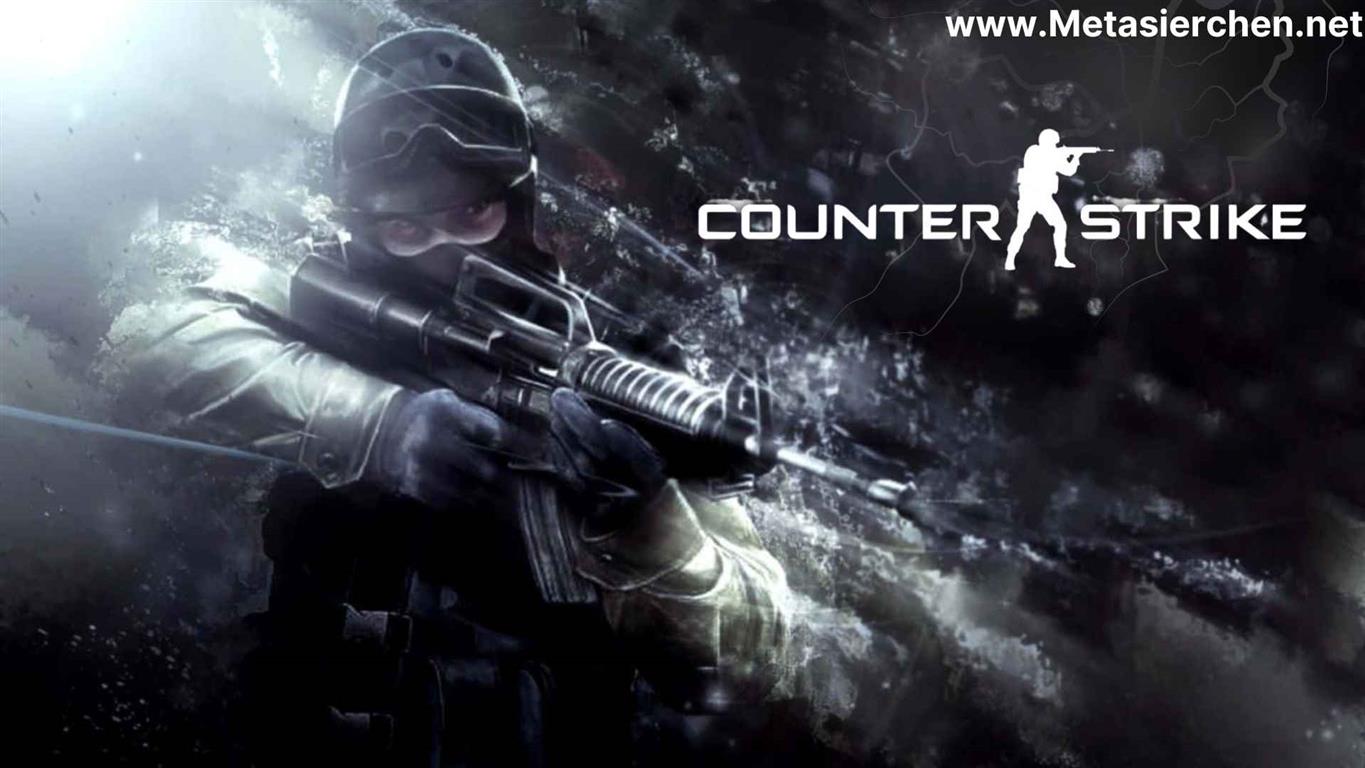introduction Counter Strike
Few games have defined competitive online multiplayer experiences quite like Counter-Strike (CS). Originally released in 1999 as a modification for the acclaimed Half-Life, CS has since metamorphosed into a series that has impacted not only first-person shooter (FPS) enthusiasts but the wider gaming community. Let’s delve into the legacy of Counter-Strike, its evolution, and its influence on the eSports world.
Beginnings of Counter Strike
Counter-Strike was born from the minds of Minh “Gooseman” Le and Jess Cliffe. As a mod for Half-Life, the game emphasized team-based tactics and fast-paced gameplay, setting itself apart from traditional FPS games. In CS, players chose to align with one of two teams: terrorists or counter-terrorists, aiming to complete objectives or eliminate the enemy team.
The game’s simplicity, combined with the depth of strategy, made it a quick favorite. It wasn’t long before Valve, the creators of Half-Life, took notice. They partnered with Le and Cliffe, eventually buying the rights to Counter-Strike and officially releasing it in 2000.
Gameplay Dynamics
Counter-Strike’s gameplay is deceptively simple, with most of the action centering around bomb scenarios where terrorists aim to plant explosives, and counter-terrorists strive to defuse them. However, beneath this elementary façade lies a world of intricate tactics, where communication, map knowledge, and reflexes reign supreme.
A defining element of CS is its economic system. Players earn money based on performance, which can be spent on weapons and equipment in the subsequent rounds. This added a layer of strategy, forcing players to make crucial decisions between saving or spending.
Sequels and Evolution
The original game has since spawned several successful sequels, including Counter-Strike: Source and Counter-Strike: Global Offensive (CS:GO). Each iteration introduced enhanced graphics, refined mechanics, and new maps while retaining the core gameplay that fans loved.
CS:GO, in particular, has been instrumental in pushing the series to new heights. Introduced in 2012, it not only modernized the gameplay but also integrated features like weapon skins and cases, which have since become significant aspects of the CS economy and culture.
Impact on eSports
Perhaps Counter-Strike’s most enduring legacy is its foundational role in the burgeoning world of eSports. Even before the term “eSports” became mainstream, CS tournaments were drawing significant attention. Events Cyberathlete Professional League (CPL) and later the Electronic Sports World Cup (ESWC) placed CS at the forefront of competitive gaming.
Today, CS:GO tournaments, such as the majors sponsored by Valve, can boast prize pools in the millions, drawing viewership that rivals traditional sports events.
Cultural Legacy
Over the years, Counter-Strike has seeped into popular pc games culture. Phrases like “Rush” have become memes in their own right. The game’s influence isn’t just limited to its genre; it has set standards for competitive multiplayer games in terms of balance, fairness, and strategy.
The introduction of skins in CS:GO revolutionized in-game cosmetics, leading to a virtual economy where some skins can cost thousands of dollars. This phenomenon paved the way for other games to explore similar economic models.
Community and Content Creation
The CS community has been a driving force behind its longevity. Fan-made maps, mods, and content have continually refreshed the game. Tools provided by Valve have empowered players to modify and contribute, ensuring that the game remains by the players, for the players.
Conclusion Counter Strike
Counter-Strike is not merely a game; it’s a cultural touchstone in the world of gaming. Its legacy is manifold: from setting competitive standards to influencing game design across genres. As eSports continues to gain traction globally, and as gaming culture evolves, the echoes of Counter-Strike’s gunshots will undoubtedly resonate for years to come, a testament to its undying appeal and profound impact on the world of gaming.



